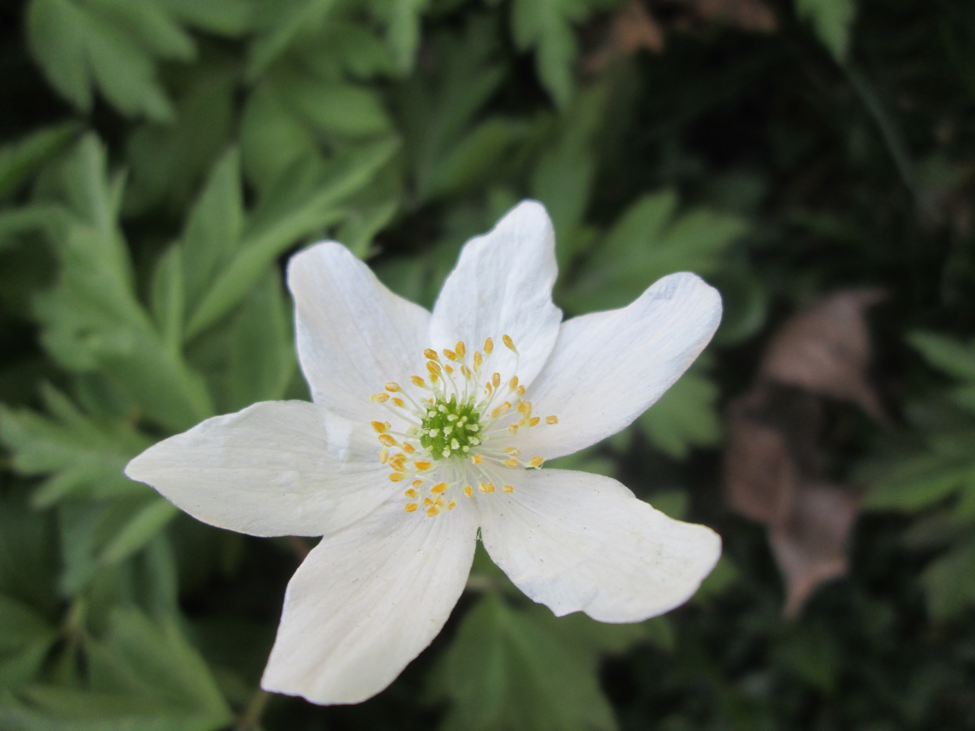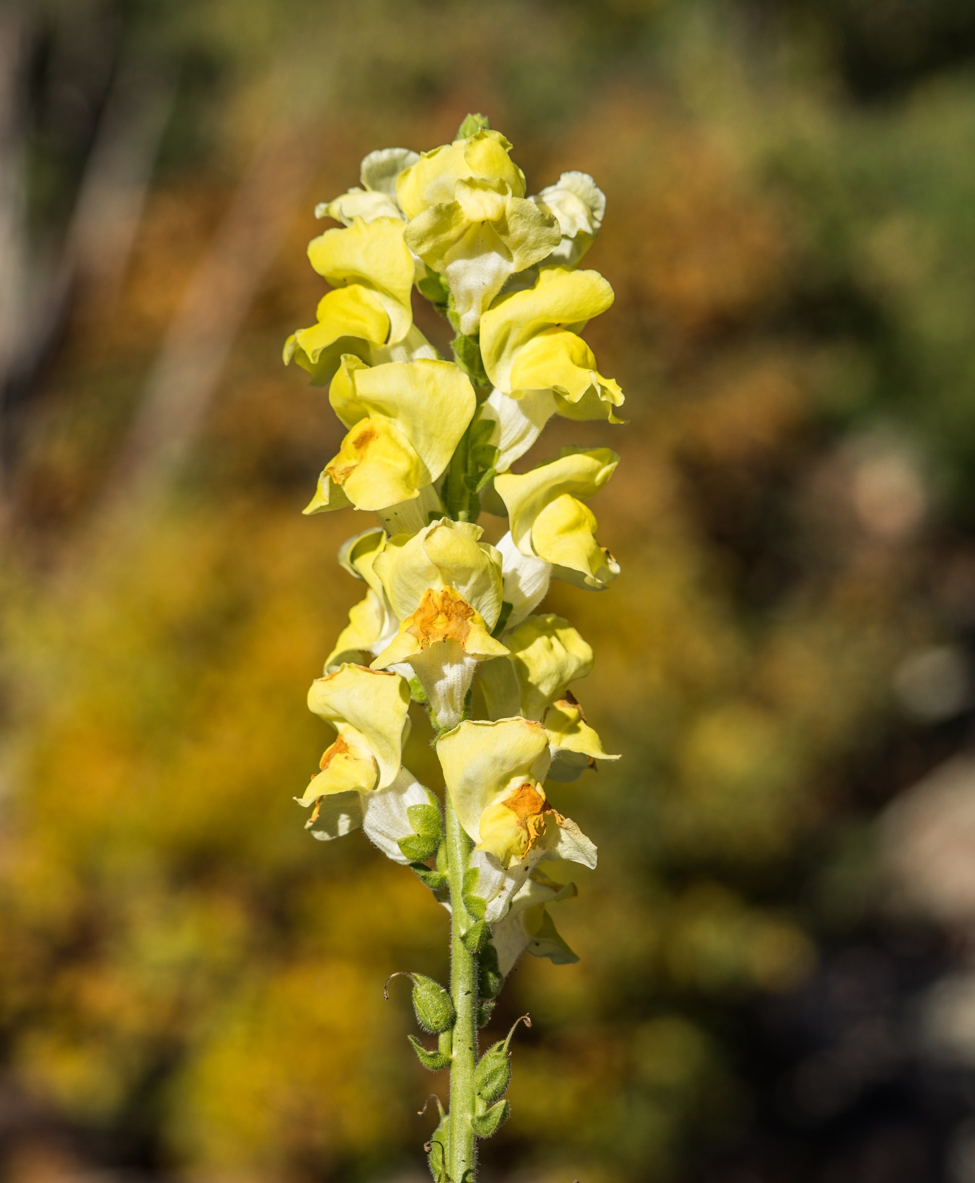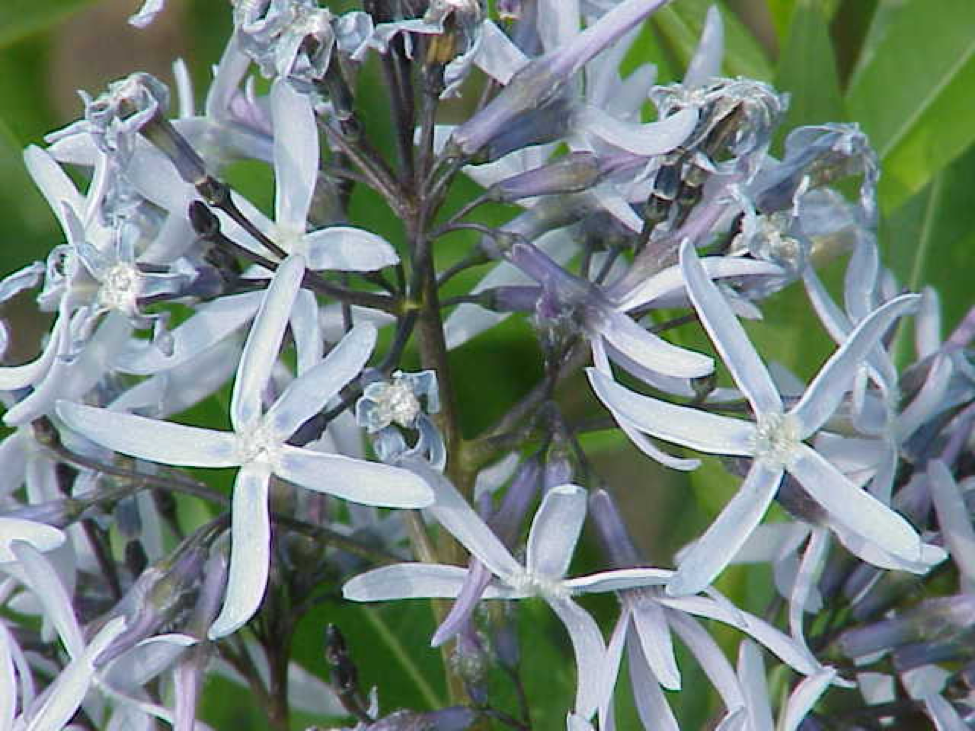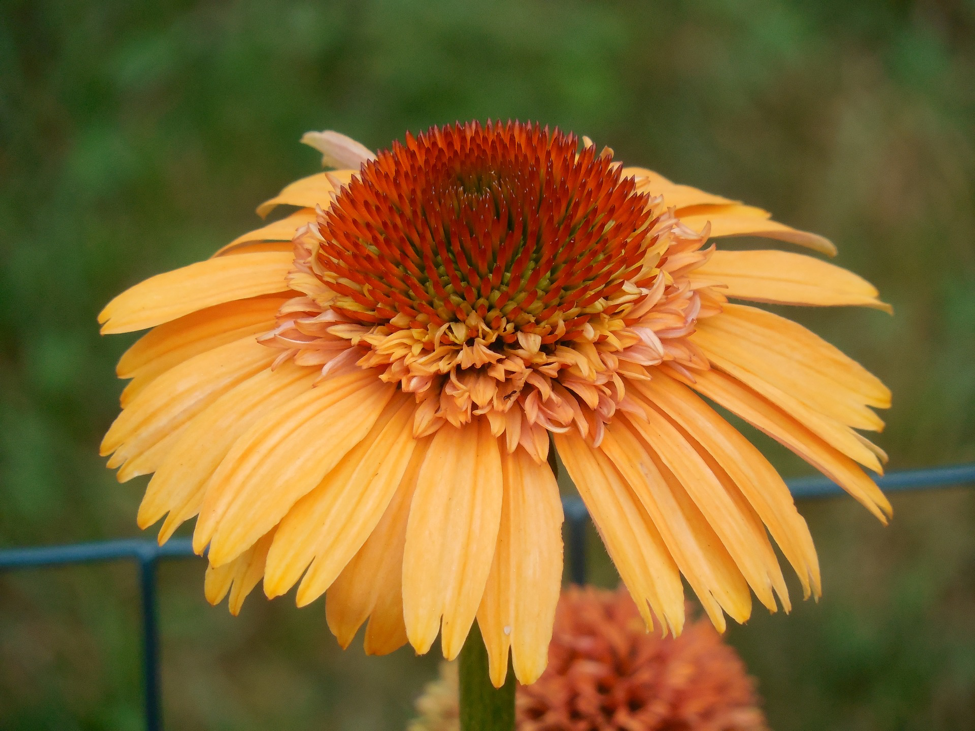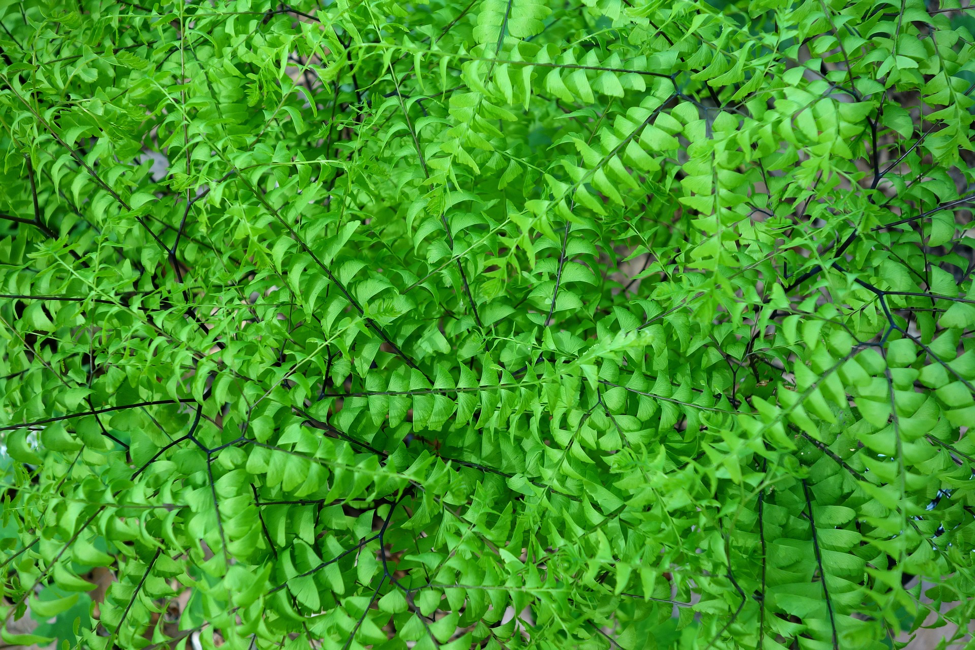There is a vast array of native plants in Raleigh, NC, that are perfect for updating or upgrading your home when you move. Native plants can be fruit varieties, showy flowers, and gorgeous fall foliage. Some hang heavy with fruit or provide an ample supply of nuts.
Using plants that are native to the area is often low maintenance because they require very little care if the proper soil is used and the environmental conditions are right. If you plant native species in your garden, you’ll use less water and fewer pesticides. Plus, you’ll be helping to balance the loss of habitat from development by creating new habitat with native plants.
We’ve curated our top 5 favorite plants that happen to be native to the Raleigh area.
1. Wood-Anemone
- Scientific name: Anemone quinquefolia
- Moisture level: Moist
- Sunlight: Shade – Partial
- Height: 1’
- Seasonality: Spring
- Coloring: White
The Wood Anemone, also known as Thimbleweed, thrives in a soil which is moist and well-drained. It grows on a 4-8 inch three-stalked basal. There are 3-5 leaves which part at the apex. There is a single flower of either white or pink which raises above the whorl of leaves. This flower blooms in the spring in stands on woodland borders. Because Anemones tremble on their stalks when the wind blows, they are also known as Wind Flowers.
2. Carolina Lupine
- Scientific name: Thermopsis villosa
- Moisture level: Dry
- Sunlight: Full
- Height: 3-5’
- Width: 2-3’
- Coloring: Green-yellow
This flower is native to the mountains and will thrive in well-drained soil and lots of sunlight. The bright yellow flowers appear in thick clusters which can be up to a foot long. These flowers top a stalk which can grow to five feet tall. After the flowers wither, brown seed pods follow. Both the flowers and the seeds attract birds and insects which help pollination.
The other thing about this flower is that it has a long taproot and dislikes being moved, so plant it where you plan on keeping it. Lupine does like moderate watering for the best plant health and flowering. However, because of the taproot, it is drought tolerant.
3. Eastern Bluestar
- Scientific name: Amsonia tabernaemontana
- Moisture level: Wet – Moist
- Sunlight: Partial
- Height: 1-3’
- Coloring: Blue, purple
This plant will form a dense shrubby plant which grows up to 3 1/2 ft tall and 2 ft wide. The leaves are a vibrant medium green and are lance-shaped. Compact panicles of striking bright blue flowers shaped like stars are on top of long stems. The flowers bloom from late spring into early summer. After the flower display ends, narrow bean shapes form which gives additional visual interest. Once fall’s cool weather appears, then the green foliage turns a lovely sunny yellow.
4. Orange Coneflower
- Scientific name: Rudbeckia fulgida
- Moisture level: Moist
- Sunlight: Full
- Height: 1-3’
- Coloring: Orange
- Wildlife attraction: Birds
Orange Coneflowers have a sturdy stem and thick green foliage that keeps its shape all season long. Coneflowers bloom from the middle of summer into fall. You can prolong the bloom period by deadheading the blooms. The plants grow two-four feet high in dense bunches with bold yellow, orange flowers. Coneflowers come in other shades as well making for a variety of colors in a garden.
Coneflowers love full sun to light shade and grow best in fertile soil. These flowers are a source of nectar for butterflies and other beneficial insects. Coneflowers will become drought tolerant once they’re established.
5. Northern Maidenhair Fern
- Scientific name: Adiantum pedatum
- Moisture level: Moist
- Sunlight: Shade – Partial
- Height: 8-20’’
- Coloring: Dark green
- Wildlife attraction: Toads and lizards
For all of its delicate look, this fern is one tough plant. It needs moist, humus-rich soil and to be planted in a shady spot, but it can withstand some drought. They spread through rhizomes and slowly create dense patches. When you want to propagate them, you divide the rhizomes and then plant the rhizome at just below the soil or at soil level.
The unusual features of Maidenhair fern are that the ferns twirl sideways in whorls. Plus, the ferns are black and contrast with the bluish-green fronds. They also have little side leaflets called pinnas which have fringes on one side like wings.
For more information about native plants, gardening, and lawn care in the Raleigh area, visit LawnStarter Raleigh.
